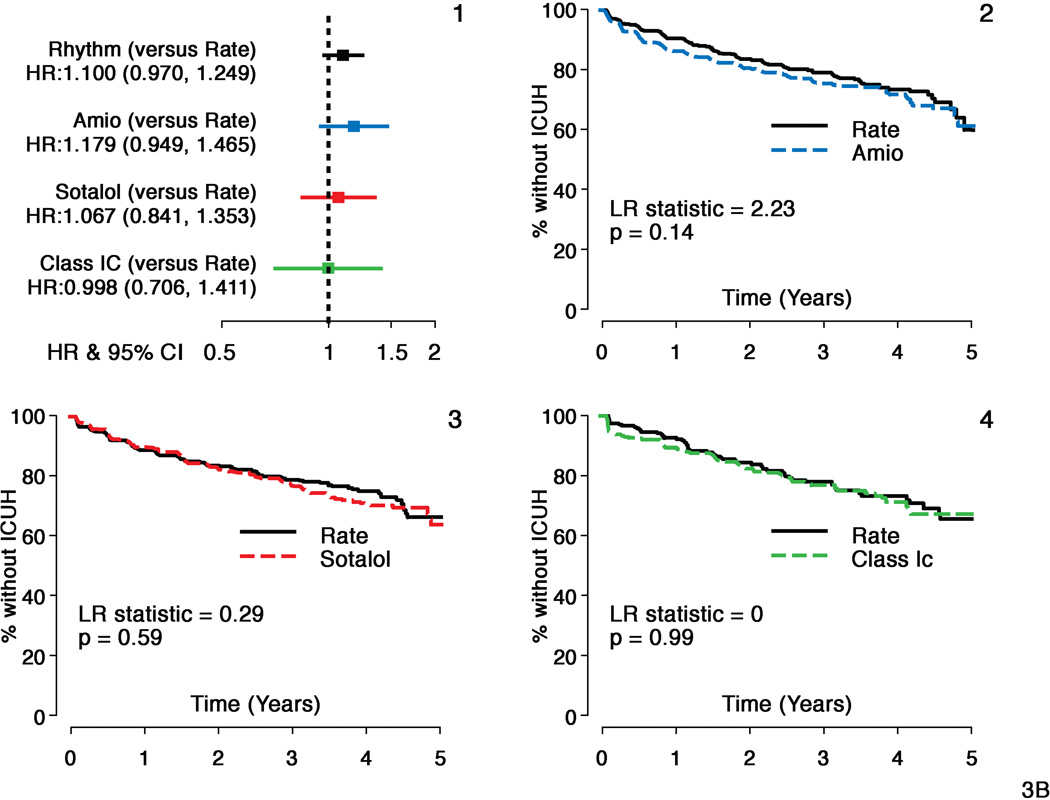Figure 3. Secondary Composite Outcome (ICU Hospitalizations or Death): Individual Antirarrhythmic Drugs versus Rate.
Panel A:
Hazard ratios and Kaplan Meier survival analyses comparing individual antiarrhythmic drugs (AADs) with matched rate cohorts for secondary composite outcome - Time to First Hospitalization with intensive care unit stay (ICUH) or Death
- Hazard ratios and 95% confidence intervals (HR=Rhythm drug/Rate).
- Propensity score matched Rate and amiodarone subgroups
- Propensity score matched Rate and sotalol subgroups
- Propensity score matched Rate and c 1C subgroups.
Composite outcome shows time to ICUH or death was shorter with amiodarone but not with sotalol or class 1C versus Rate during follow-up.
Panel B:
Comparison of ICU Hospitalizations: Individual Antirarrhythmic Drugs versus Rate
Hazard ratios and Kaplan Meier survival analyses comparing individual antiarrhythmic drugs with matched rate cohorts for secondary outcome - Time to First ICU Hospitalization (ICUH)
- Hazard ratios and 95% confidence intervals (HR=Rhythm drug/Rate).
- Propensity score matched Rate and amiodarone subgroups
- Propensity score matched Rate and sotalol subgroups
- Propensity score matched Rate and class1C subgroups.
Time to ICUH was comparable for sotalol and Class 1C groups compared to matched rate cohorts but a non-significant increased risk was seen with amiodarone compared to rate during follow-up.


